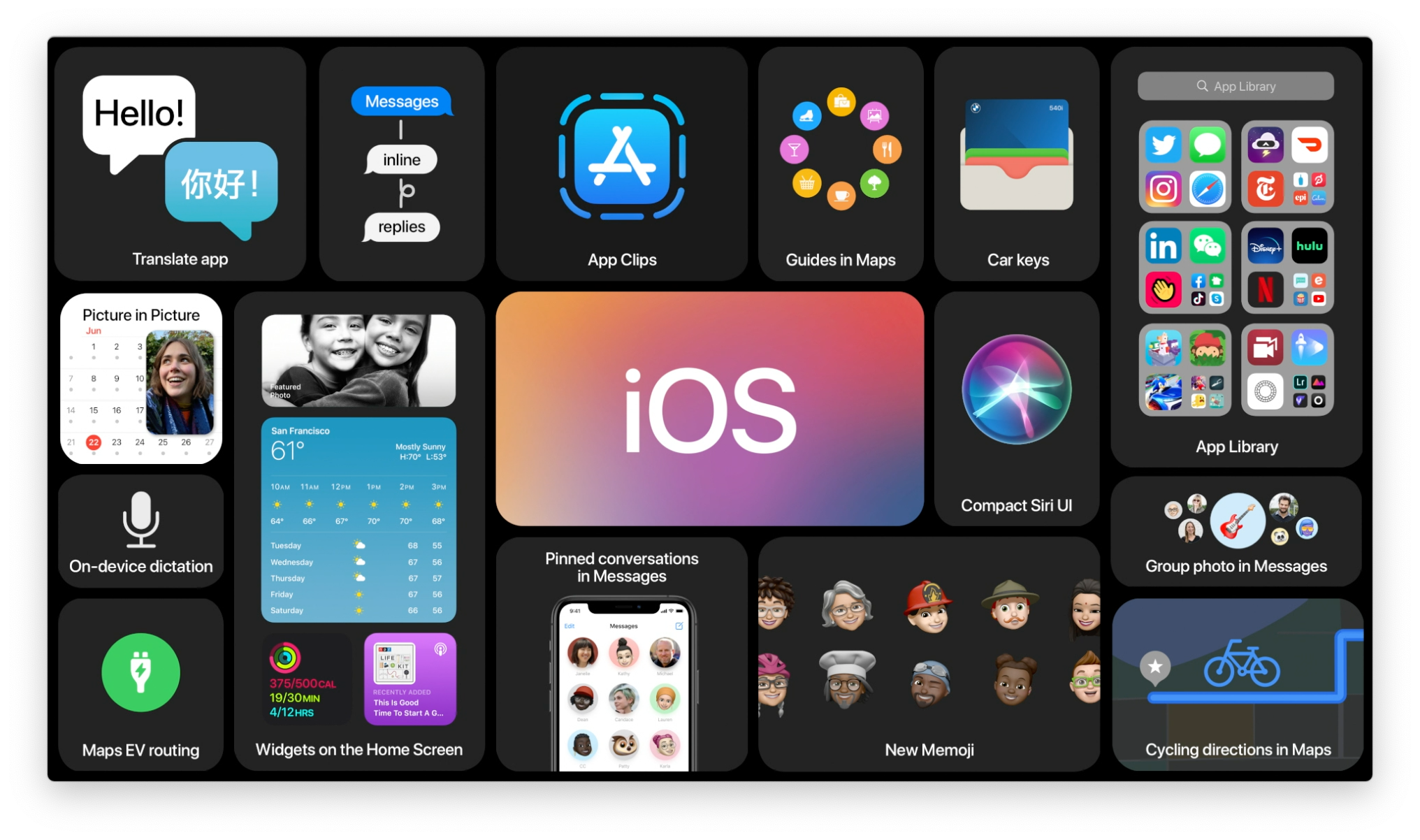The future of HomeKit is now!
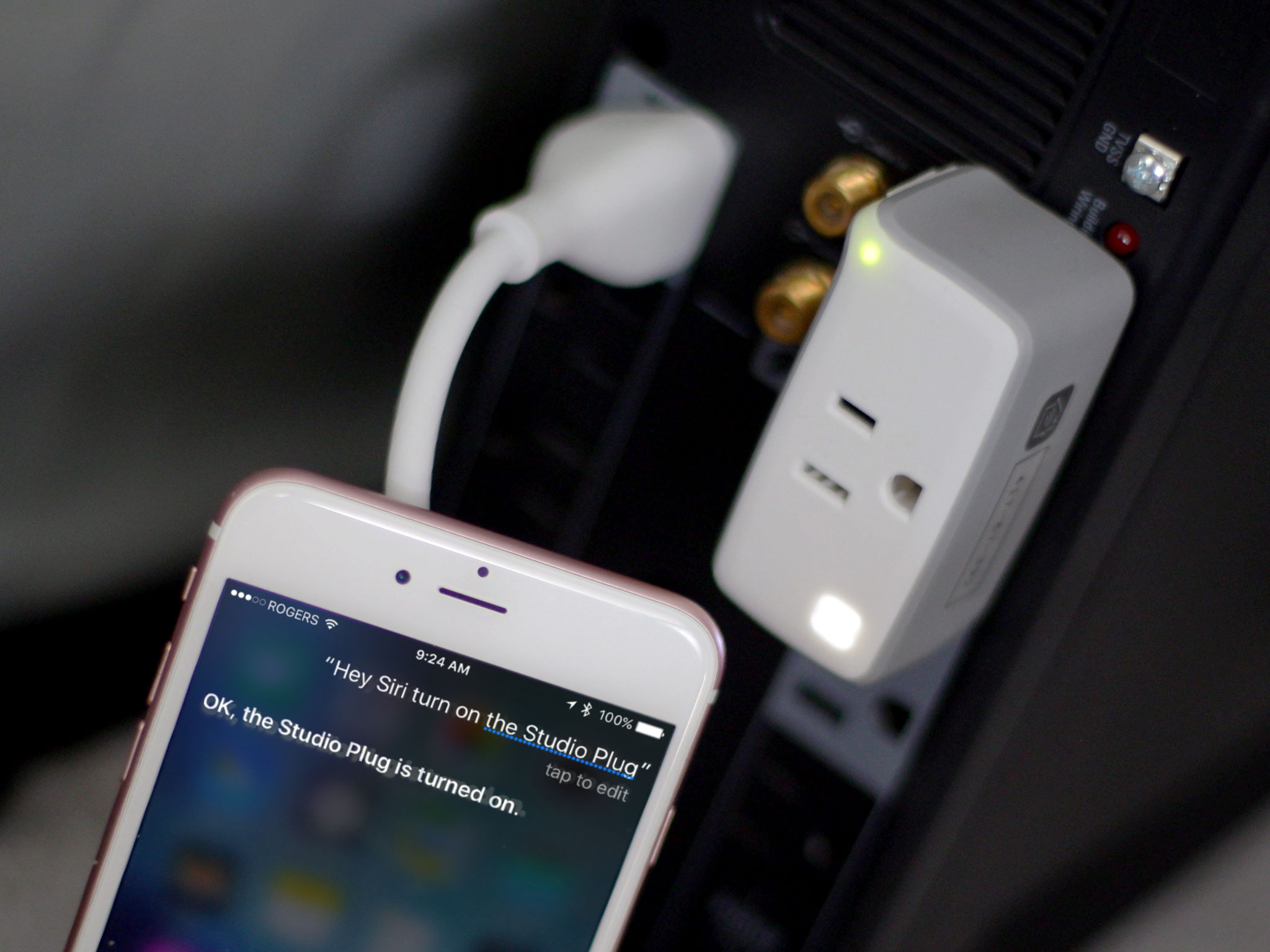
Siri, Apple's personal digital assistant blinks into action. The blinds go down. The lights dim. Your home theater system pulses to life.
What we're witnessing, aside from a friend showing off his hotly connected new digs, is a demonstration of Apple's HomeKit in action. Originally announced in 2014, HomeKit is now mature and ready for the mainstream. And if we're any indication, it's going to flood the holiday gift lists.
The story of Home
When HomeKit first shipped, it did so without an app. It also did so without a vast collection of accessories to work with. Apple was taking a gamble: The company believed that if it provided a way to securely, privately, and easily get all the disparate home automation products working together, the industry would follow and customers would be, well, delighted.
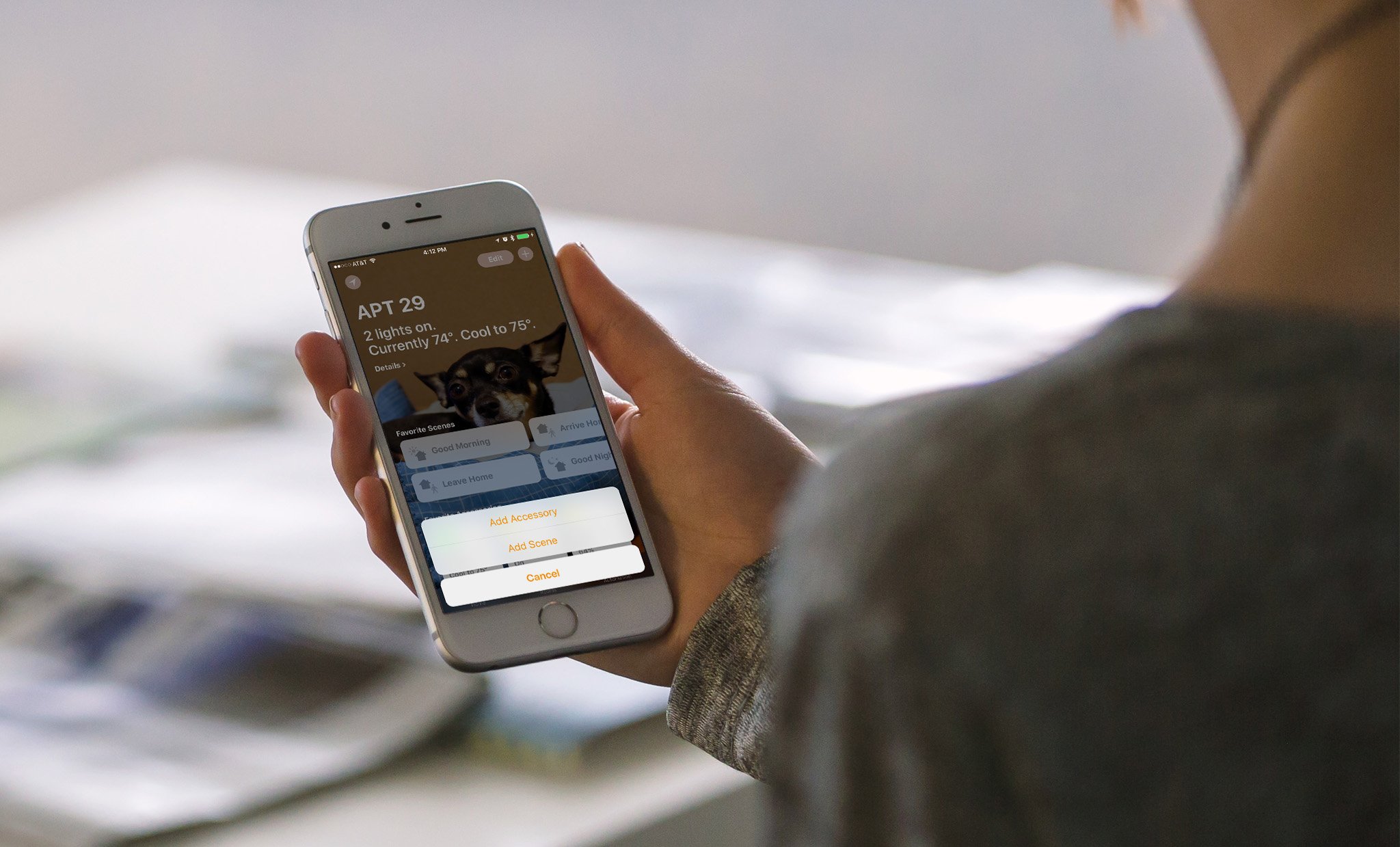
The first step was updating everything. Many home automation products originally shipped without the ability to secure their connections. That meant using them opened up home networks to hacking. It's annoying if someone takes over your lights and makes them blink. It's a showstopper if someone opens your locks or garage door, or uses your smart plug to gain access to the private files on your computer.
So, a lot of products had to be reengineered and relaunched using secure chips, and that took a while. Over a year. A unified app took longer still.
By 2015, HomeKit accessories were starting to ship, and the ability to control them with Siri and from iPhone, iPad, or Apple Watch was already compelling. The only problem was setup. Each vendor wanted their own app and handled adding and managing accessories in a different way.
iOS 9 had brought even more sophisticated automation, including the ability to set triggers and create scenes, but actually doing it wasn't easy or intuitive. Some App Store apps popped up to fill the gap, but there simply wasn't a Home app from Apple to go with HomeKit the way there was a Health app to go with HealthKit.
Master your iPhone in minutes
iMore offers spot-on advice and guidance from our team of experts, with decades of Apple device experience to lean on. Learn more with iMore!
Until now.
With iOS 10 comes Apple's own Home app, and it's been designed and built to make home automation accessible to the mainstream.
It uses the new big, bright, and beautiful design language Apple is debuting for Music and News, but in a way that's specific to the home. You can add wallpapers to make your rooms immediately, personally identifiable. You can see all your favorite accessories in your home at a glance. You can dive into individual rooms. You can even quickly, easily set up automations based on location change, time of day, the state of other accessories changing, or sensors detecting activity of some kind.
Home is even integrated into a new card in Control Center. So, you don't even have to go to the app to get to your favorite accessories. You can swipe up, toggle them, and change things like lighting intensity and color, for example, from anywhere, at any time.
That includes from the Lock screen — with one major exception. You need to authenticate with Touch ID or Passcode before you can control any lock, garage door, or similar accessory. Again, if you drop your phone and someone can turn your fan on or off, it's annoying. If you drop your phone and someone can use it to get into your house, it's dangerous. HomeKit, no matter its many new conveniences, remains security-first.
So, while it might have taken a while to get here, Home represents a mature, mainstream implementation of a unified interface for connected accessories. And the first one with the type of deep integration only a platform-maker can provide. And it pairs products from companies that may never have cooperated on their own.
It's the type of real, practical innovation we wish we saw more often.
From the living room to the hotel room
The other piece in the rapidly completing HomeKit puzzle is the new Apple TV. Launched last fall with the upcoming tvOS update, it not only lets you use your Siri remote to control HomeKit itself it also serves as a remote hub for your iPhone or iPad.
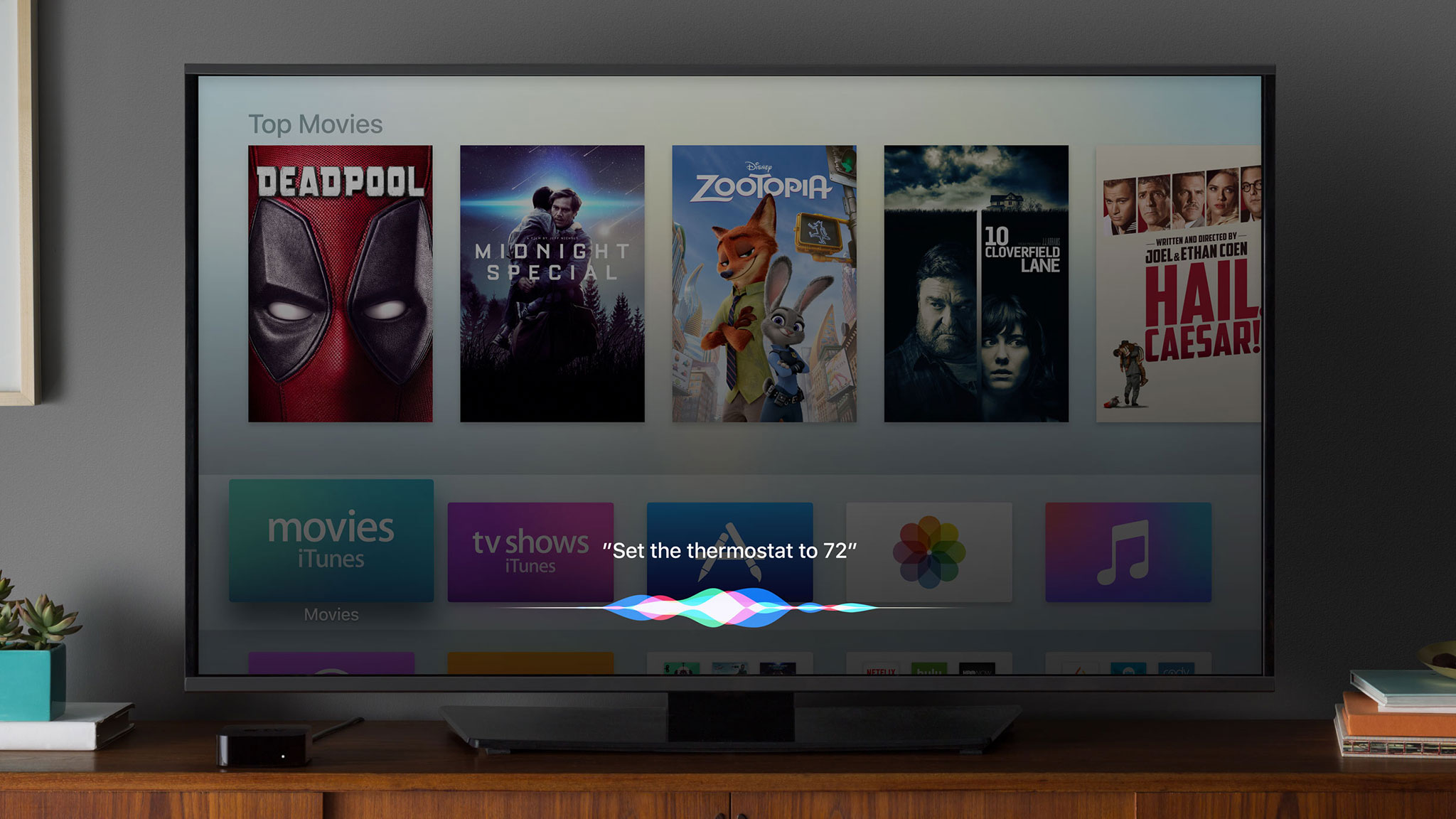
That means, if you're sitting on your sofa, about to watch Game of Thrones, you can simply hold down the Siri button and say "Red Time" to have your blinds close, the fan spin to a stop, the thermostat drop to a hair-raising chill, and lights turn to blood, and not have to reach for a device in your pocket, on the table, or across the room.
Since the Siri remote can't authenticate, it can't control locks or doors for the same security reasons mentioned above, but it can do everything else.
It can also let your iPhone and iPad do anything from everywhere else. That includes pausing only a moment at the airport to say "Goodnight, Siri", to make sure every connected light is off and lock is secure, to opening a door for family from across the globe.
It's also that remote access that makes security so comforting. A connected door bell or front door lock is useful on its own, but when paired with a host of other accessories they become exponentially more powerful. Because your iPhone knows where you are, and can talk to your HomeKit-connected devices, the lights can be on in the front hall by the time you get home (with some music playing in the background, ideally).
But that connected doorbell can also send you a rich notification, with a high-resolution screenshot, whenever someone presses it. You can be half way around the world, or sitting on your couch at home, and know exactly what's going on outside your front door.
Since both of us have HomeKit accessories already, and are running the latest beta software, we were able to try it while traveling. The reactions back at home quickly ranged from laughter to "cut it out!" — but everyone was delighted.
What's next
Between us, we have connected lights and plugs, locks and thermostats, and more on the way. There's an ever-growing list of HomeKit-compatible accessories already on the market.
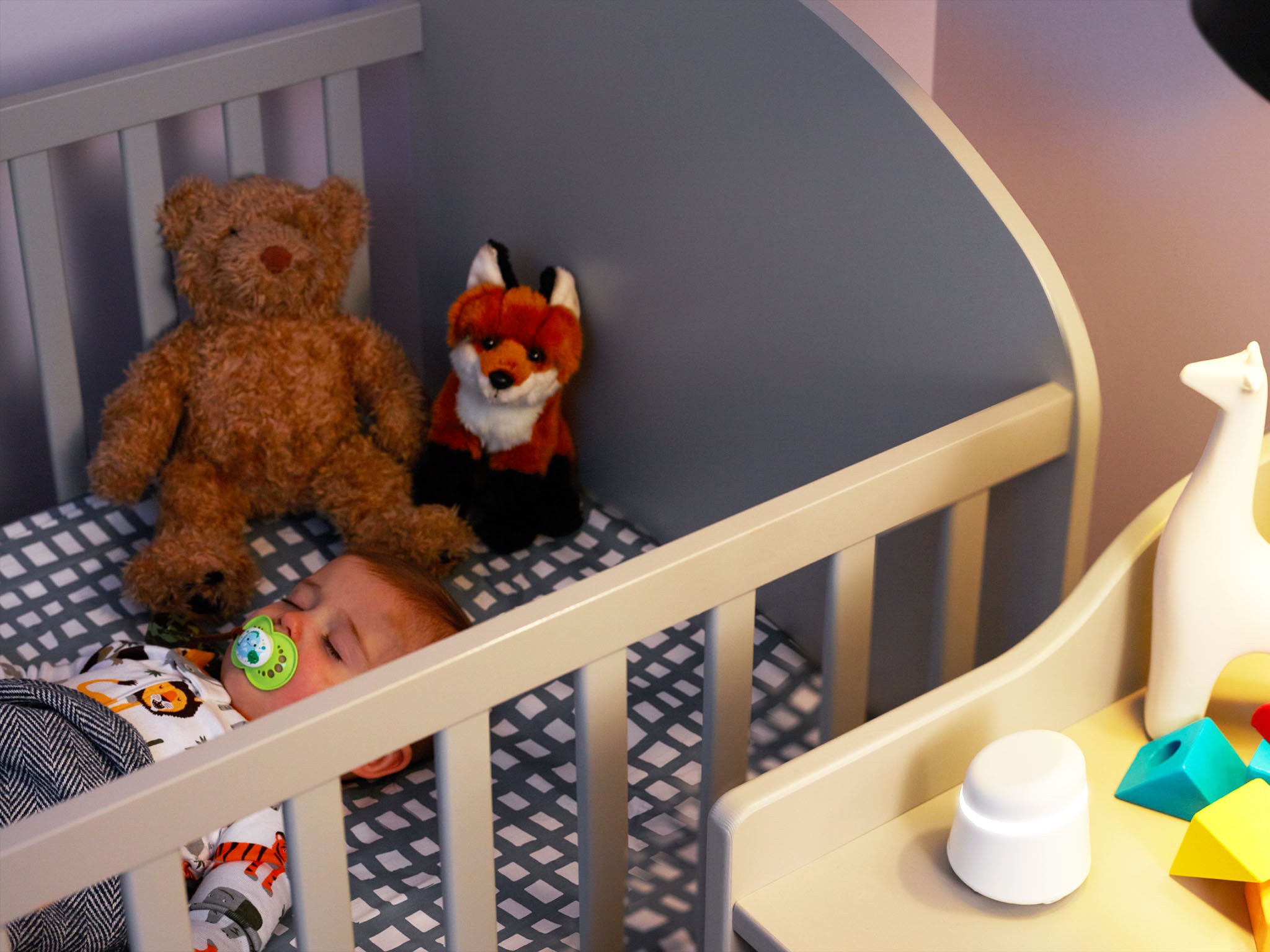
What's next is even more exciting. Builders are starting to integrate HomeKit into new construction projects. Just like wiring the home for ethernet or fiber used to be the cutting edge of construction, now that HomeKit compatibility badge is being seen as a competitive advantage. If you're looking for a new place to buy or to rent, why not look for one that's designed to work with the phone in your pocket or the tablet on your table?
Our colleague, Serenity Caldwell has just picked up the new HomeKit-enabled Hunter ceiling fan and installing it is her next big project. Our other colleague, Georgia Dow, is looking into HomeKit-enabled security systems. We're all in the process of automating everything, and we're doing it because HomeKit has made it not only secure but easy.
iOS 10 and the new Home app ship this fall, and it's clearer than ever that the first big wave of mainstream home automation adoption will follow.

Rene Ritchie is one of the most respected Apple analysts in the business, reaching a combined audience of over 40 million readers a month. His YouTube channel, Vector, has over 90 thousand subscribers and 14 million views and his podcasts, including Debug, have been downloaded over 20 million times. He also regularly co-hosts MacBreak Weekly for the TWiT network and co-hosted CES Live! and Talk Mobile. Based in Montreal, Rene is a former director of product marketing, web developer, and graphic designer. He's authored several books and appeared on numerous television and radio segments to discuss Apple and the technology industry. When not working, he likes to cook, grapple, and spend time with his friends and family.
